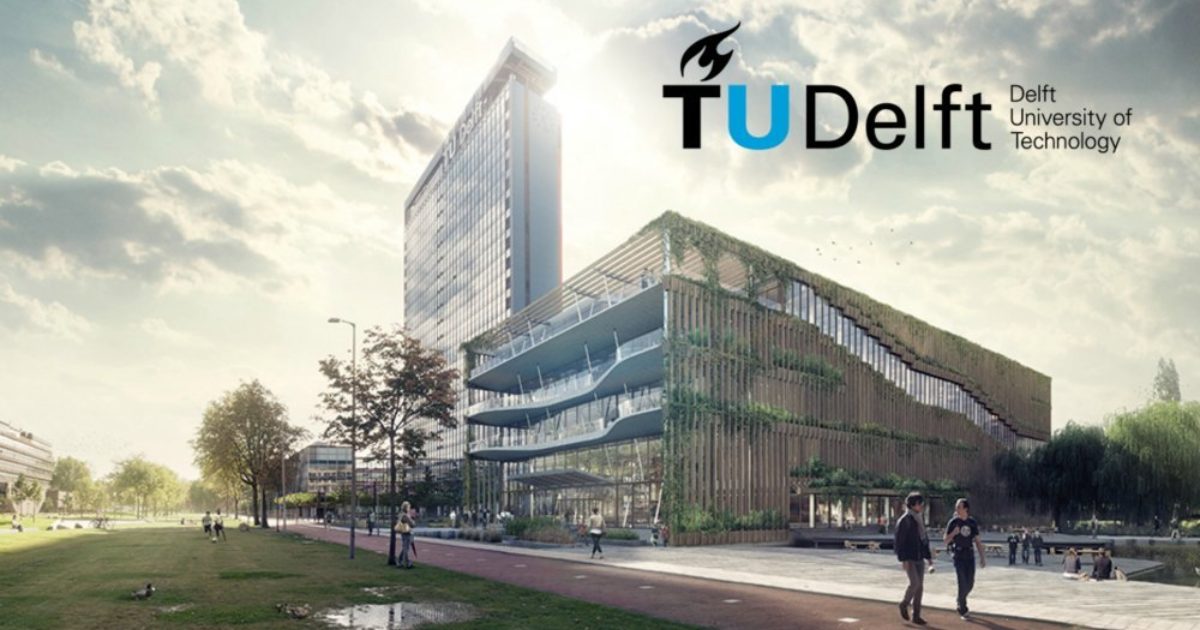TU Delft: Researchers in Delft and Eindhoven argue in Science for more ventilation to combat COVID-19
An international group of 39 scientists have published an article in Science arguing for more use of ventilation to combat COVID-19. However, they want to use their argument far more broadly than just the current pandemic, and to combat the spread of all respiratory infections by changing building designs. Philomena Bluyssen from TU Delft and Marcel Loomans from TU Eindhoven are two of the authors. The article was published on Thursday 13 May.
WHO
The authors state that there is strong evidence that coronavirus is also spread via small airborne particles known as aerosols. An important consequence of this is that we need to pay far more attention to ventilation in the battle against coronavirus in indoor areas. ‘Since our plea last summer, when we joined over 200 scientists writing an open letter drawing attention to this issue, we have seen even more evidence pointing to the role of airborne infection’, tells Professor Philomena Bluyssen from TU Delft’s Faculty of Architecture and the Built Environment, one of the 39 authors of the article in Science. ‘The World Health Organisation (WHO) and the Centers for Disease Control and Prevention (CDC) in the USA have also recently reviewed their position on this. They now acknowledge that airborne infection is a possible route and recommend ventilation in crowded indoor areas.’ ‘It is difficult to demonstrate precisely what extent of the infection takes place via the air, but even for a limited percentage it is still a good idea to ensure adequate ventilation’, adds fellow author and researcher Dr Marcel Loomans of the Department of the Built Environment at TU Eindhoven. ‘Moreover, we know that other diseases such as TB and measles can be spread via the air. So we specifically want to widen our call for good ventilation beyond the present coronavirus pandemic.’
Multidisciplinary
It is striking that the RIVM, the Dutch National Institute for Public Health and the Environment, is extremely cautious in this regard, tell Bluyssen and Loomans. ‘In other countries they acknowledged this issue far earlier and they have been working on good ventilation for far longer’, says Bluyssen. ‘The RIVM is now one of the few parties in the world that has not yet clearly acknowledged the importance of the aerosol route.’ ‘This is an excellent example of an issue that should be tackled using a multidisciplinary approach’, says Loomans. ‘Physicists, virologists, technologists and medical experts are among those who should be working together on this, just as we did in our group of 39 scientists. We feel that clinging rigidly to the beliefs from your own field will not get you to where you need to be.’ ‘Knowledge of basic physics is sometimes lacking among some medical experts’, notes Bluyssen. ‘For example their assertion that particles larger than 5 micrometres fall to the ground within 1.5 metres; that is just wrong.’
Paradigm shift
The 39 scientists assert that it is time for a paradigm shift. They draw a parallel with the situation surrounding hygiene in the first half of the 19th century, when cities began en masse to improve and organise their water supplies and sewer systems. According to the authors, from now on the risk of airborne transmission of infectious diseases should be taken into account as a standard part of the design of new buildings. Loomans: ‘We take it totally for granted that our water supply is clean and free of pathogens. To be honest the same should also apply to air. After all, just like water and food, air is vital to life.’
Expense
‘We should no longer regard ventilation, including filter systems and monitoring as something to be added to a building. It should be integrated in a smart way’, says Bluyssen. ‘From now on, we should always be able to offer hybrid ventilation in new buildings. This means using natural ventilation as the basis, but that we should be able to add mechanical ventilation at times and at locations where it is needed. Right now ventilation is mainly seen as an expense. But just look at how much this pandemic has cost us!’
‘Improving your ventilation is certainly an investment’, acknowledges Loomans. ‘For example, your energy consumption will also rise. But seen against the total costs of a building, it is a small amount and it has huge benefits to society. Even without this pandemic, a lower air quality in our buildings affects our health. So I hope that the attention for ventilation will continue even after the coronavirus pandemic and that we will also be able to anchor this component in legislation such as the Building Decree.’

